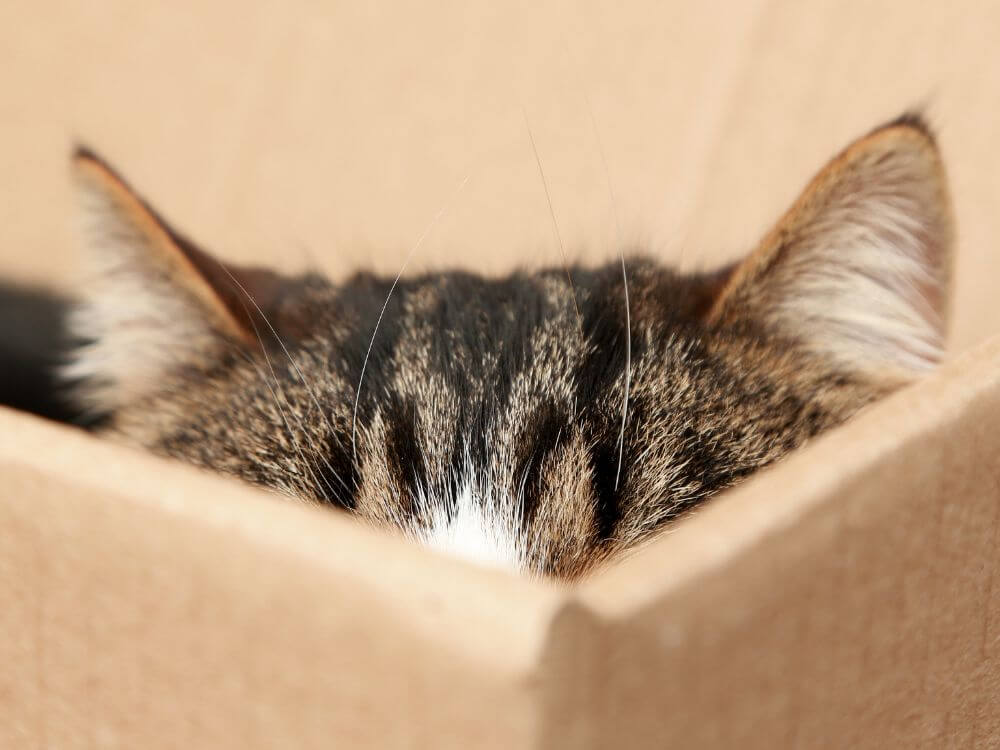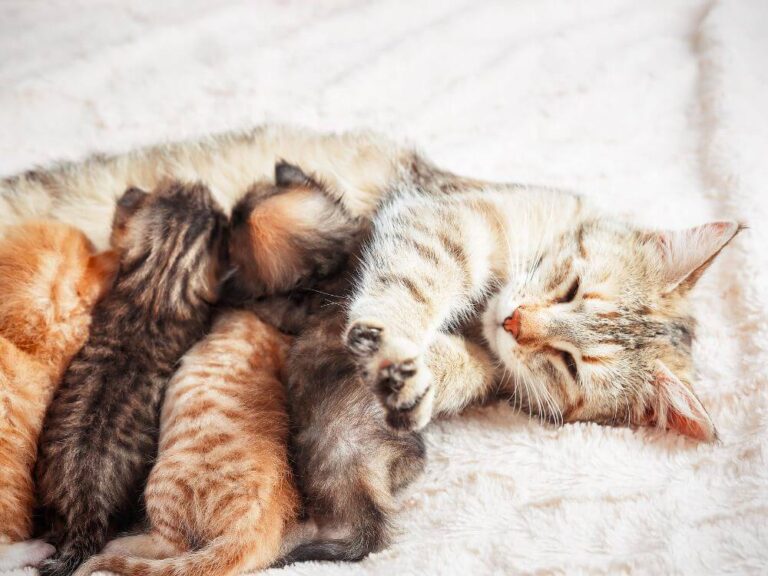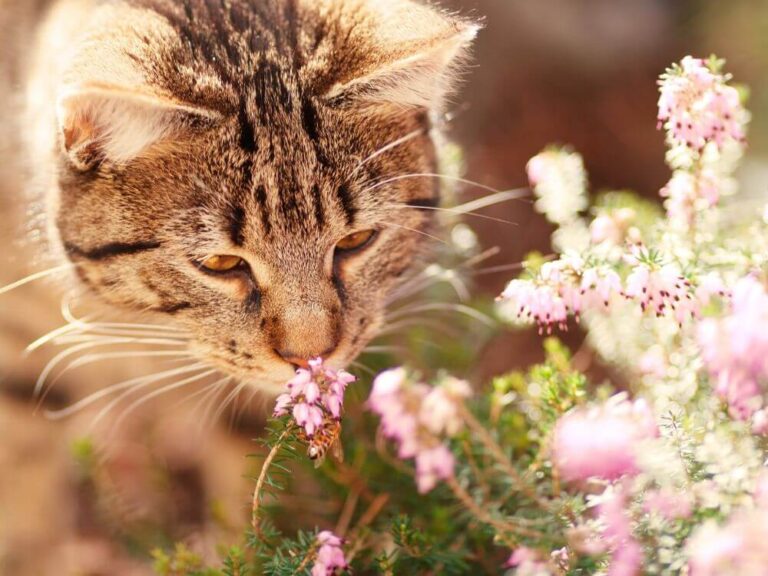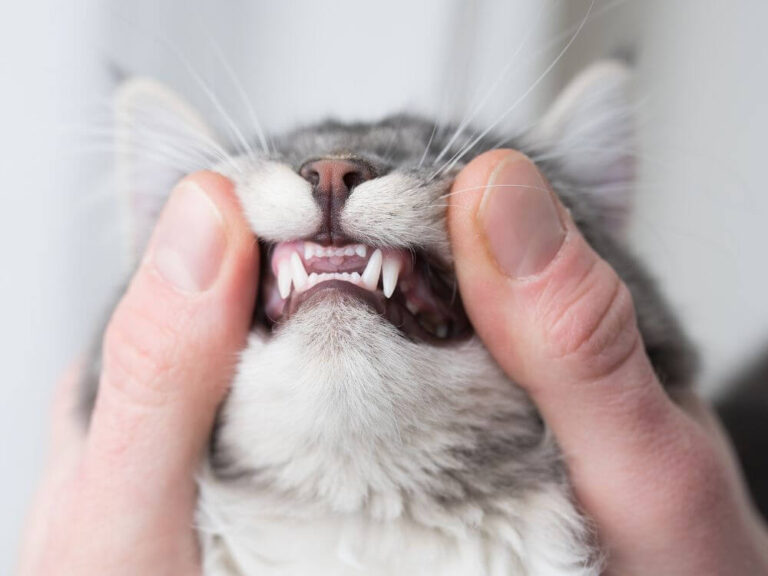The Incredible Ears of Cats: Understanding Feline Hearing

Cats have long been admired for their grace, agility, and mysterious behavior. Among their many fascinating traits, their ears and hearing abilities stand out as particularly remarkable. The ears of cats are not just cute or expressive; they are finely tuned instruments that play a crucial role in their survival and daily life. In this article, we will explore the anatomy of a cat’s ear, how their hearing works, and how these factors influence their behavior. Whether you’re a devoted cat owner or simply curious about these incredible animals, understanding the ears of cats will deepen your appreciation for their complex nature.
The Anatomy of a Cat’s Ear: A Marvel of Nature
A cat’s ear is a sophisticated structure, designed with both form and function in mind. The anatomy of a cat’s ear can be divided into three main parts: the outer ear, the middle ear, and the inner ear. Each part plays a unique role in how cats hear and respond to their environment.
The Outer Ear: Capturing Sound
The outer ear, known as the pinna, is the visible part of a cat’s ear that captures sound waves. The pinna is tall and pointed, and its shape helps funnel sound into the ear canal. Cats can move their ears independently, which allows them to detect the direction of sounds with impressive accuracy.
This ability to rotate their ears up to 180 degrees helps them locate prey or identify potential threats quickly. The mobility of their ears is crucial for their survival, allowing them to respond to their environment with speed and precision.
The Middle Ear: Amplifying Sound
The middle ear is where the sound waves captured by the outer ear are amplified. Inside the middle ear are three tiny bones known as ossicles: the malleus, incus, and stapes. These bones work together to transmit sound vibrations from the eardrum to the inner ear.
The eardrum, or tympanic membrane, vibrates when sound waves hit it. These vibrations are then passed along the ossicles, which amplify the sound and send it to the inner ear. This amplification is essential for cats, as it allows them to hear even the faintest sounds, such as the rustling of a mouse in the grass.
The Inner Ear: Processing Sound and Maintaining Balance
The inner ear is where the magic of hearing truly happens. It contains the cochlea, a spiral-shaped organ filled with fluid and lined with tiny hair cells. As the amplified sound vibrations enter the cochlea, they create waves in the fluid, which move the hair cells. These movements generate electrical signals that are sent to the brain, where they are interpreted as sound.
In addition to hearing, the inner ear also plays a vital role in maintaining balance. The vestibular system, located within the inner ear, helps cats keep their balance and coordination. This system detects changes in head position and motion, allowing cats to perform their signature acrobatic feats, such as jumping great heights or landing on their feet after a fall.
The Hearing Range of Cats: Beyond Human Capabilities
Cats have an extraordinary sense of hearing, far superior to that of humans. Their ears can detect a wide range of frequencies, from the very low to the extremely high. Understanding the hearing range of cats can shed light on why they react to certain sounds and how their hearing influences their behavior.
High-Frequency Sensitivity: Hearing What We Cannot
One of the most remarkable aspects of a cat’s hearing is its ability to detect high-frequency sounds that are beyond human hearing. While humans can hear sounds up to about 20,000 Hz, cats can hear frequencies as high as 65,000 Hz. This sensitivity to high frequencies allows them to hear the ultrasonic calls of rodents, which is a crucial hunting advantage.
This high-frequency hearing also explains why cats may react to sounds that seem inaudible to us. For instance, they might become alert or agitated when a television is on, even if it’s muted. They can hear the high-frequency hum that many electronic devices emit, which we cannot perceive.
Low-Frequency Hearing: Picking Up the Subtle Sounds
While cats are known for their high-frequency hearing, they are also capable of detecting low-frequency sounds. This ability allows them to pick up on the subtle noises of larger animals or human footsteps. Cats can hear frequencies as low as 48 Hz, which helps them detect approaching predators or human activity, giving them time to either flee or hide.
Their sensitivity to both high and low frequencies makes cats highly attuned to their environment. They can detect sounds that are imperceptible to us, allowing them to respond to threats or opportunities with incredible speed.
Sound Localization: Pinpointing the Source
In addition to their wide hearing range, cats excel at sound localization—the ability to pinpoint the exact location of a sound. Their large, movable ears play a key role in this process. By rotating their ears, cats can determine the direction from which a sound is coming with remarkable accuracy.
This skill is particularly useful for hunting. A cat can hear the faint rustle of a small animal in the grass, determine its exact location, and pounce with precision. Even if a sound is faint or distant, a cat’s ability to localize it gives them a significant advantage in both hunting and avoiding danger.
The Role of Hearing in a Cat’s Behavior
A cat’s keen sense of hearing is integral to their behavior, influencing everything from hunting strategies to their interactions with humans and other animals. By understanding how cats use their hearing, you can gain insights into their daily habits and overall well-being.
Hunting and Play: Mimicking the Hunt
Cats are natural hunters, and their hearing is essential to their success. Even domestic cats that don’t hunt for survival still exhibit hunting behaviors, such as stalking, pouncing, and chasing. These behaviors are often triggered by sounds that mimic the noises of prey, such as rustling leaves or a squeaky toy.
Providing your cat with toys that make noise can stimulate their natural hunting instincts, keeping them mentally and physically engaged. Understanding that these play behaviors are deeply rooted in their hearing abilities can help you choose toys and activities that satisfy their predatory nature.
Communication: Understanding Your Cat’s Vocalizations
Cats use their hearing not just for hunting, but also for communication. They produce a wide range of vocalizations, from purring and meowing to growling and hissing. Each sound serves a purpose, whether it’s to express contentment, seek attention, or warn of danger.
Your cat’s ability to hear and respond to your voice is a testament to their sharp hearing. They recognize the sound of your voice and may even learn to associate certain words or tones with specific actions, such as feeding time or playtime. By paying attention to how your cat reacts to different sounds, you can better understand their needs and emotions.
Safety and Navigation: Hearing as a Survival Tool
Hearing also plays a critical role in a cat’s sense of safety and navigation. Cats rely on their ears to detect potential threats, such as approaching predators, loud noises, or sudden movements. Their acute hearing helps them navigate their environment, whether it’s a quiet home or the bustling outdoors.
For indoor cats, familiar sounds like the opening of a can or the jingle of keys can signal mealtime or your arrival home. For outdoor cats, the ability to hear approaching cars, other animals, or weather changes can mean the difference between safety and danger.
Understanding the importance of hearing in your cat’s life can help you create a secure and enriching environment for them. Minimizing loud, sudden noises and providing a quiet, peaceful space can reduce stress and anxiety, especially for cats that are more sensitive to sound.
Hearing Loss in Cats: Recognizing the Signs
Just like humans, cats can experience hearing loss due to age, injury, or illness. It’s important to recognize the signs of hearing loss early so you can take appropriate measures to support your cat’s well-being.
Common Causes of Hearing Loss
Hearing loss in cats can be caused by various factors, including ear infections, trauma, and aging. Older cats are more prone to gradual hearing loss, which may not be immediately noticeable. Chronic ear infections can damage the structures within the ear, leading to partial or complete hearing loss.
Cats with white fur and blue eyes are also genetically predisposed to deafness, particularly if they are born with these traits. While not all white cats with blue eyes are deaf, the likelihood is higher due to the genetic link between coat color and hearing.
Recognizing the Symptoms
Signs of hearing loss in cats can include ignoring calls or loud noises, increased sleeping, and being easily startled. They may also meow louder than usual, as they cannot hear themselves as well. If your cat starts to exhibit these behaviors, a veterinary check-up is advisable.
Adapting to Hearing Loss
If your cat is diagnosed with hearing loss, there are ways to help them adapt. Cats rely heavily on other senses, such as sight and smell, so maintaining a consistent environment can help them feel secure. You can also use visual cues, like flashing lights, to communicate with a deaf cat. Ensuring your home is safe and free from potential hazards will also help them navigate without relying on sound.
Conclusion: The Extraordinary Ears of Cats
The ears of cats are more than just a charming feature; they are highly specialized organs that play a vital role in their survival and everyday life. From detecting the faintest sounds to pinpointing their source with precision, cats’ hearing is a marvel of nature. By understanding how cats hear and how their ears function, you can better appreciate the intricacies of their behavior and provide a more enriching environment for your feline friend.
Whether your cat is an indoor cuddle companion or an outdoor adventurer, their ears and hearing abilities are central to their experience of the world. Paying attention to how your cat responds to sounds and recognizing the signs of hearing issues can help ensure they lead a happy, healthy life filled with the






